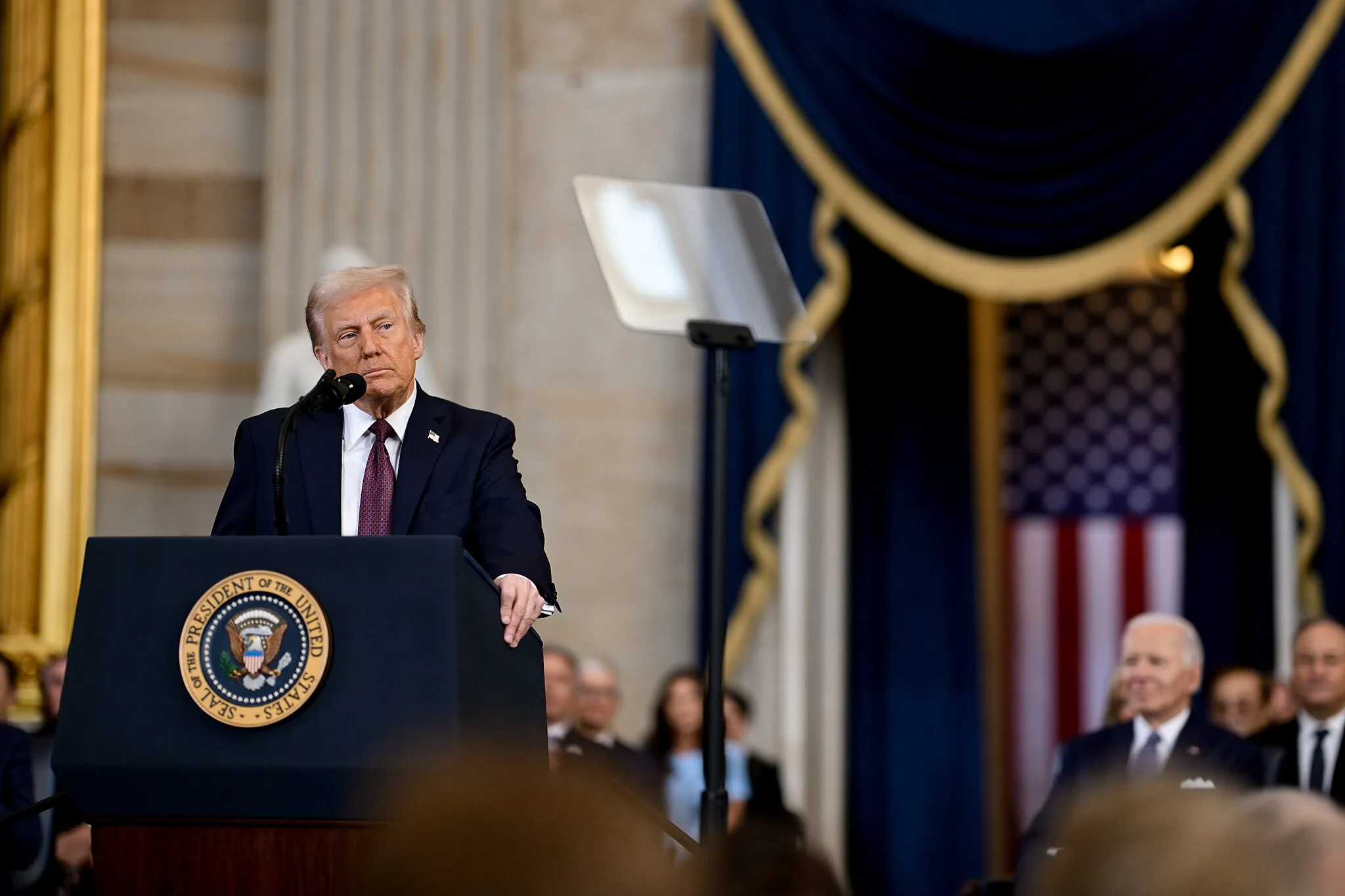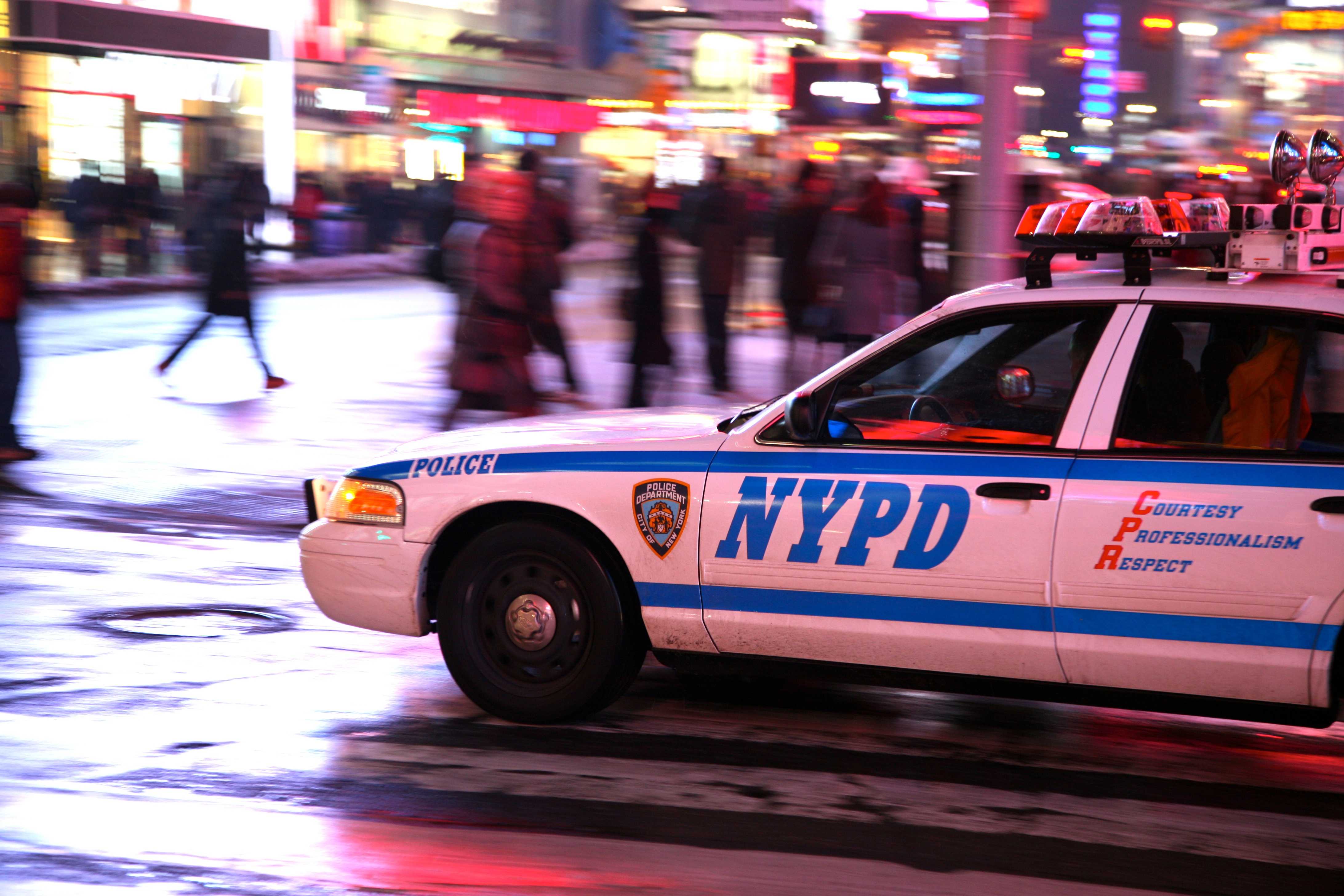Freshly minted mayor Eric Adams will lead some 3.1 million immigrants in his new job, representing about 40 percent of the population. Today, however, approximately 560,000 of New York’s foreign-born population — or 18 percent — are undocumented, a status that can impede economic social advancement on many levels, and ultimately result in deportation.
Adams, who was born in Brownsville and grew up in Queens, faces a constellation of challenges on issues regarding immigrants.
Historically, Adams’ voting record and public statements as Brooklyn Borough President and State Senator before that have shown strong support for immigrant communities. He has backed efforts to extend voting rights to some non-citizens, was a supporter of providing driver’s licenses to undocumented residents and has made his presence known at various immigrant-driven events across the city.
Adams has repeatedly condemned various Immigration and Customs Enforcement arrests in the city, and in recent weeks, he has made it clear that New York would remain a sanctuary city under his leadership.
Across the five boroughs, immigrant advocates reached out to congratulate the incoming mayor, whose campaign worked to resonate with working class, Black and Latino voters.
“Words can’t explain the joy we felt today to name @ericadamsfornyc as our next New York City Mayor!” Council Member Ydanis Rodriguez tweeted after election results came in. “Congratulations my brother! NYC will become a safer, fairer, and more equitable City for all New Yorkers with you as our Mayor.”
Shaun Abreu, the incoming New York City Council District 7 representative in Manhattan, tweeted before the election: “Let’s stand up for immigrants by voting for @Ericadamsfornyc this Tuesday!”
In an interview this week, Carlos Menchaca, the Chair of the Committee on Immigration for the New York City Council, was also optimistic about the new administration. Menchaca said that as Brooklyn Borough President, Adams has been “so good on all of these issues” affecting immigrant communities.
“The positive thing here for me is he has the opportunity to empower the New Yorker and the vision that a New Yorker has for taking the City to the next level,” Menchaca said. “If government can begin to refocus energy and resources and time and effort on the most vulnerable, we’ll be able to actually solve some problems for people who’ve been waiting for justice for a long time.”
In June, Adams released a plan to “protect immigrant communities.” In it, Adams said he would mandate that all city agencies make services accessible to all eligible residents without exposing immigrants to law enforcement action. Adams’ administration also said it would “severely restrict” cooperation between the New York Police Department and Immigration and Customs Enforcement (ICE), which would include making certain that ICE is removed from city buildings and facilities.
Adams has painted himself as a moderate Democrat who will prioritize public safety and bring down crime — “public safety is the prerequisite to prosperity,” he has said — shaped by his 22 years as a New York City police officer, a fact that won him considerable support across a wide spectrum of the electorate. But some of his directions have also raised questions among progressives.
Adams has expressed support for the NYPD’s controversial ‘stop and frisk’ tactic, but only when it is used legally, he has said. A judge ruled in 2013 that the program — which let police officers stop, question, and frisk individuals under a ‘reasonable suspicion’ of committing, having committed, or being about to commit a crime— was being carried out in an unconstitutional way. But advocates say that in practice, stop and frisk has not been halted.
Black and Latino individuals have often been targeted, including in neighborhoods with large immigrant populations, advocates say.
“Many people believe that stop and frisk was the problem — no, it was the abuse by police officers,” Adams said at a Pix 11 mayoral forum earlier this year. His responses led to protests outside his campaign office, with activists condemning Adams’ refusal to say that he would push to end the practice completely.
“If you have a police department where you’re saying you can’t stop and question, that is not a responsible form of policing,” Adams also said this spring.
Immigrant advocates have repeatedly noted that encounters with police could be devastating for immigrants, who could face deportation even for minor offenses. Neighborhoods with large African and Caribbean immigrant populations have also disproportionately targeted by the stop and frisk program.
“For immigrant New Yorkers, for non-citizens, an encounter with police where they end up arrested, fingerprinted and booked into the criminal legal system could be what puts them on the radar for ICE,” said Genia Blaser, a supervising attorney at the Immigrant Defense Project.
Blaser said that she would like to see Adams take an early and firm stance against the entanglement of ICE and NYPD policing. For instance, advocates have identified several instances in which ICE squads knocked on doors of immigrants in danger of being deported and impersonated police officers, in an apparent bid to gain the confidence of those inside.
The moment is now for Adams and his administration to recognize that the NYPD’s practices, including stop and frisk, “disproportionately, systematically, structurally target low income people of color, immigrant communities — and how policing practices can be a direct feeder into the ICE deportation pipeline,” Blaser said.
While Adams regularly says he will seek to distance the NYPD from ICE, the deep entanglement of the criminal justice and immigration enforcement systems, along with his stated goals of having a more noticeable police presence on subway trains and bringing back certain disbanded police units, could be viewed as contradictory.
When Menchaca of the New York City Council was asked about Adams’ stance on public safety affecting immigrant communities, he said: “I’m not worried.”
For the past several years, Mechaca said, various city leaders have been working to build protections regarding immigrants and law enforcement that will serve as guideposts for Adams as he thinks about enhancing the idea of public safety. “This is an opportunity for him to make it better,” he said.
Adams has, in fact, repeatedly expressed discontent with law enforcement collaboration with ICE. In June of 2018, the issue hit the headlines when an undocumented immigrant made a pizza delivery to an Army base near the Verrazano-Narrows bridge. The man, Pablo Villavicencio Calderon, was taken into ICE custody after a military police officer said he had to provide a driver’s license which he did not have.
A background check turned up an earlier open deportation order — and officials called ICE on the man, the New York Times reported. ICE agents arrested him, and Adams condemned the incident as Brooklyn Borough President, showing up at a news conference outside of the base.
Adams later alluded to the incident in a statement backing the issuance of driver’s licenses to undocumented immigrants. “If the senseless detention of Pablo Villavicencio teaches us anything, it’s that New York should have approved driver’s licenses for undocumented immigrants a long time ago. I ask Governor Cuomo to issue an executive order on this immediately.”
In 2007, as a State Senator, Adams also voted against a bill that would have required individuals applying for drivers’ licenses and non-driver identification cards to give proof of U.S. citizenship or lawful presence in the country.
In the fall of 2020, when city officials and relatives of an Inwood resident said that ICE agents posed as NYPD officers to arrest him, as the New York Daily News reported at the time, Adams, as Brooklyn Borough President, said that the agents were clearly in the wrong. “You cannot state that you are a municipal police official,” Adams said. “You cannot violate the law to carry out the law.”
And after a man was shot in the face by ICE in February of 2020, Adams demanded that ICE agents wear body cameras — a point which he also included in his recent mayoral memo for immigrant communities. Now, he has also expressed support for bolstered funding for legal services for immigrants, many of whom cannot afford to hire attorneys, which they are not provided by law, unlike in the criminal courts.
Another incendiary issue is NYPD sharing of information with ICE, despite confidentiality provisions in New York law. Such cooperation, whether it’s mistaken or not, can lead to immigrants being deported.
“We have seen under the de Blasio administration, time and time again, where NYPD has worked with immigration enforcement and or our Department of Corrections has either mistakenly or for some other reason shared confidential information with ICE about a New Yorker that has directly led to the detention and deportation of a New York City resident,” said Anu Joshi, the Vice President of Policy at the New York Immigration Coalition. “And so we fully expect a Adams administration to ensure that that doesn’t happen.”
The coalition, Joshi said, was looking forward to “working more with the Adams administration on this issue and to really ensure that his administration understands how critical it is for New York City to protect its residents.”
Improving education for the immigrant community — especially for those for whom English is not their first language — is another major goal for advocates during the Adams administration.
One objective, Joshi said, is adding policies and funding that will guide and protect immigrant and English language learning students in K-12. As mayor, Adams will have significant influence in the education realm, since the mayor appoints the Chancellor of Education. Immigrant students and English language learners were already far behind in accessing resources they needed in order to be successful, she said, and the pandemic has only intensified that.
What the coalition wants to ensure, Joshi said, is that the City has “an education system that really prioritizes and values the most vulnerable students.”
She added: “We have not seen too many specifics from Eric Adams yet on how he plans to address the major gaps that exist for English language learners, and so we just are very intent on working with him and the incoming chancellor to ensure that the needs of English language learners and immigrant families are taken into account.”
In its plan for immigrants released this summer, the Adams administration said that it would increase funding for the NYC CARES Act, strengthening outreach in immigrant communities; increase translation programs for immigrant communities; and boost legal services that focused on fighting discrimination, including cases of wage theft and harassment.
Adams has also repeatedly expressed support for the Our City Our Vote legislation, which would extend the right to vote in local elections to nearly one million non-citizen New Yorkers with legal permanent residency. In a democracy, Adams has said, “nothing is more fundamental than the right to vote and to have a say in who represents you and your community in elected office.”
“We were so happy to see Eric Adams really wholeheartedly throw his support behind our Our City Our vote campaign,” said Joshi. She called it “phenomenal” that Adams supported the bill enthusiastically—but also noted: “It’s about time.”
“I feel a lot of optimism about how New York City can really continue to push the boundaries, and be a model for other cities to really embrace and support immigrant communities here,” Joshi said.
And Council Member Menchaca is urging that immigrant communities be included in all decision-making coming from City Hall: “What I hope for is, as [Eric Adams] pulls together his commissioners, and his team, that he understands that the immigrant experience is embedded in everything that the City does.”














